As an RV owner, you know that a functioning refrigerator is essential for ensuring a comfortable and convenient journey. By allowing for the storage of fresh food and beverages, this appliance adds an element of home comfort on the road. However, like any household appliance, RV refrigerators can encounter issues that may disrupt this convenience.
Understanding what to check when your RV fridge isn’t working can save you considerable time and reduce stress. With this knowledge in mind, you will be able to troubleshoot minor issues before they escalate into major inconveniences, ensuring a smoother and more enjoyable travel experience.
Common RV Fridge Issues
RV fridges are pretty much the same as normal refrigerators, except they are usually a bit smaller and better designed to operate efficiently under a variety of conditions. However, this doesn’t mean they won’t potentially run into complications at some point. Some of the more frequent issues include cooling inefficiency, complete failure to cool, unusual noises, and frost buildup. These problems can stem from various sources, such as power supply issues, malfunctioning components, or poor maintenance.
When your RV fridge stops working, it’s essential to identify the root cause. By systematically checking potential problem areas, you can often restore your fridge to proper working condition without bringing in a professional for help.
Important Things To Check

When faced with a non-functioning RV fridge, it’s important to approach the issue methodically. By checking the more well-known troublesome areas, you should be able to narrow down the cause of the problem.
Power Source
The first step in troubleshooting your RV fridge is to ensure it’s still receiving power. RV fridges typically run on electricity, but some use propane gas as a backup. Start by checking the power connection. If your fridge operates on electricity, confirm that it is plugged in and that the circuit breaker has not tripped. For fridges that have propane connections, make sure the gas supply is turned on and there are no leaks.
Additionally, verify that the fridge is switched to the correct power source. Some RV fridges can automatically switch between electricity and propane, but manual settings may need adjustment.
Thermostat Settings
Next, you should check the thermostat that controls the temperature inside the fridge. Ensure that the thermostat is set to an appropriate temperature; if it’s set too high or too low, the fridge will fail to maintain the desired temperature. Adjust the settings and allow some time to see if the temperature stabilizes.
If adjusting the thermostat doesn’t resolve the issue, it could be a sign of a faulty thermostat, but it’s a good idea to check the other things in this list first just to be sure. If nothing else comes up with the other checks, replacing the thermostat may be your best course of action.
Ventilation
Proper ventilation is critical for the efficient operation of your RV fridge. Ensure that the fridge’s ventilation system is not obstructed. Blockages can prevent hot air from escaping, causing the fridge to overheat and become inefficient.
Check each of the vents and fans for any debris or dust buildup. If you find that they’re dirty, cleaning these components can improve airflow and help the fridge function correctly.
Cooling Unit
Another thing to check is the cooling unit, which is responsible for maintaining the fridge’s temperature. Inspect the cooling unit for any signs of damage or leaks. A compromised cooling unit can lead to poor cooling performance or complete failure.
This piece of hardware is a bit more complicated, so if you notice any visible issues with the cooling unit, know that it may need professional repair or replacement. Regular maintenance and inspection can help identify problems early and prevent extensive damage to this unit.
Seals and Gaskets
The seals and gaskets around the fridge doors are crucial for maintaining an airtight environment, so be sure to check these components for any signs of wear, tear, or damage. Worn-out seals can allow warm air to enter the fridge, reducing its efficiency.
Replacing damaged seals and gaskets can significantly improve the fridge’s performance. After the replacement is complete, ensure the doors close tightly and that there are no gaps.
Leveling
One thing many people might not know is that RV fridges are sensitive to being level. While they’re fine in a shifting RV during travels, prolonged instances of remaining unlevel can lead to issues down the road.
In many cases, keeping a fridge unlevel will affect the cooling process and lead to warm food and drinks. To check for this, use a bubble level to verify that your RV fridge is level. If it’s misaligned, adjust the leveling jacks or the fridge’s position to even it out.
Control Board
One of the most important components of a fridge is its control board. This element manages the fridge’s operation, including temperature regulation and power switching. If other troubleshooting steps do not resolve the issue you’re experiencing, inspect the control board for any signs of damage or malfunction.
Testing the control board might require specialized tools, so consulting the fridge’s manual or seeking professional assistance can be beneficial. If all else fails, replacing a faulty control board will likely restore the fridge’s functionality.
Tips for Preventing Future Issues

Now that you know the main things to check when the RV fridge stops working, it’s a good idea to learn how to prevent issues in the future. To minimize the likelihood of problems, regular maintenance is essential. Start by cleaning the fridge regularly, including the interior, vents, and coils. Removing dust and debris helps maintain efficient airflow and cooling performance. Additionally, conduct periodic inspections of all fridge components. Check the power connections, seals, and gaskets for any wear and tear.
Properly storing your RV during off-seasons can also help maintain the fridge’s condition. Ensure the fridge doors are left slightly open to prevent mold and mildew growth. Disconnecting the power source can protect the fridge’s electrical components from potential surges. Although, it can be beneficial to run the fridge periodically when the RV is not in use. This practice keeps the cooling system in good working order and prevents the buildup of stagnant odors.
Finally, consider investing in a surge protector for your RV. Power surges can damage the fridge’s electrical components, leading to costly repairs. A surge protector can safeguard your appliances and provide peace of mind.
What To Do When Your RV Fridge Fails
Even with proper maintenance and checking for the cause of faults, the day may come when your RV fridge gives out. When that happens, a new RV refrigerator from United RV Center will be your best option. We have plenty of models to choose from, so take the time to browse our selection and find the one that’s best for your RV.


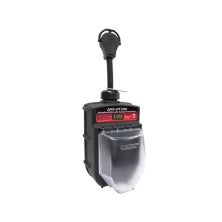
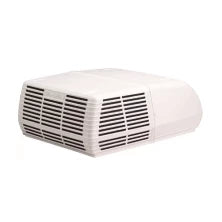
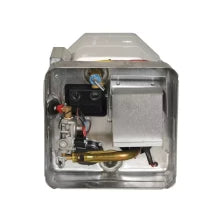
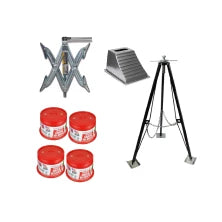
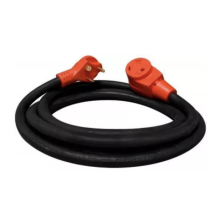
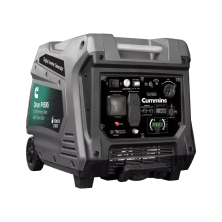
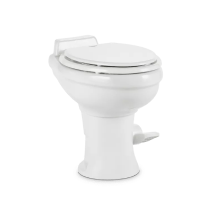
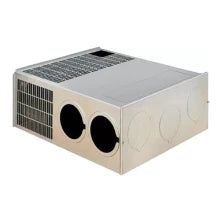
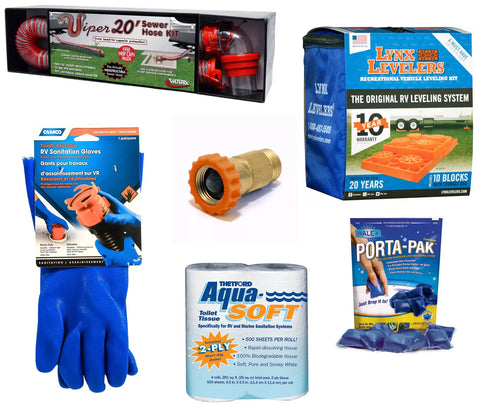
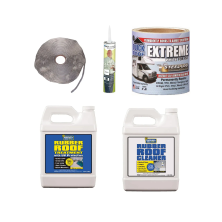
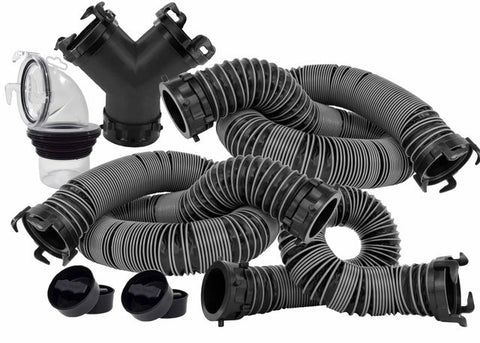
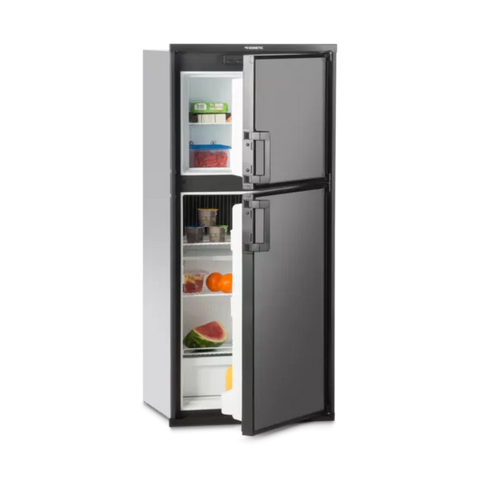
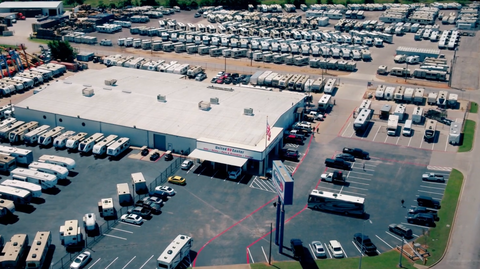
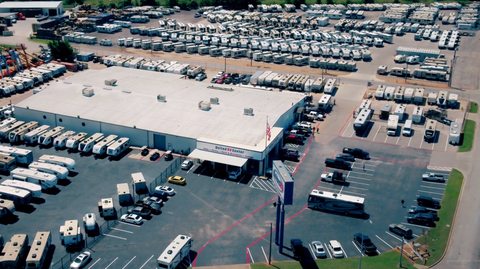
Comments (0)
There are no comments for this article. Be the first one to leave a message!